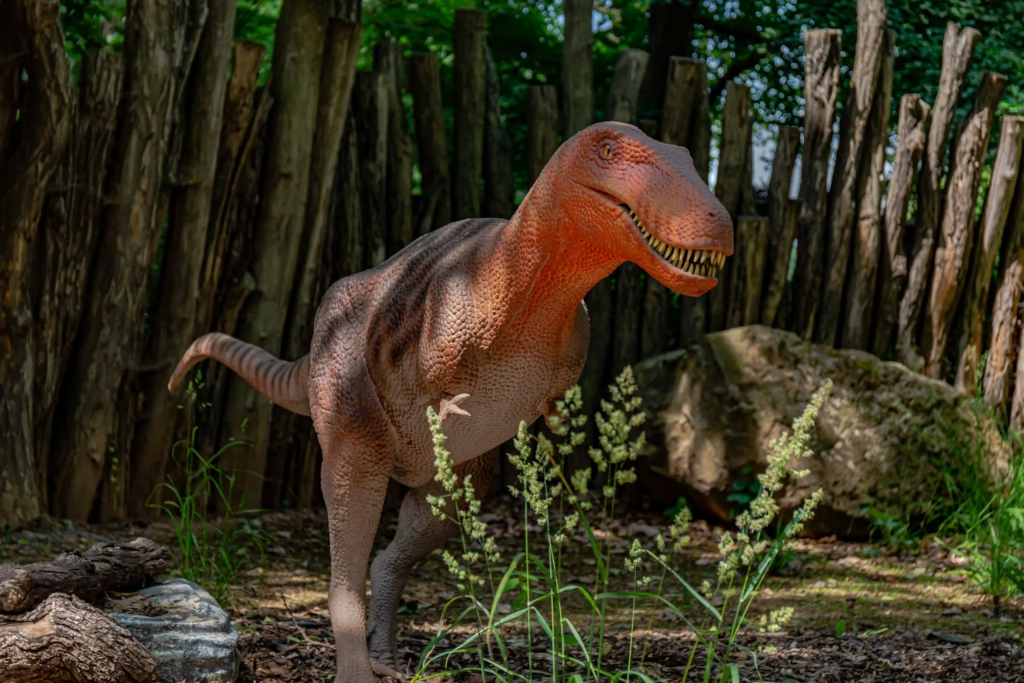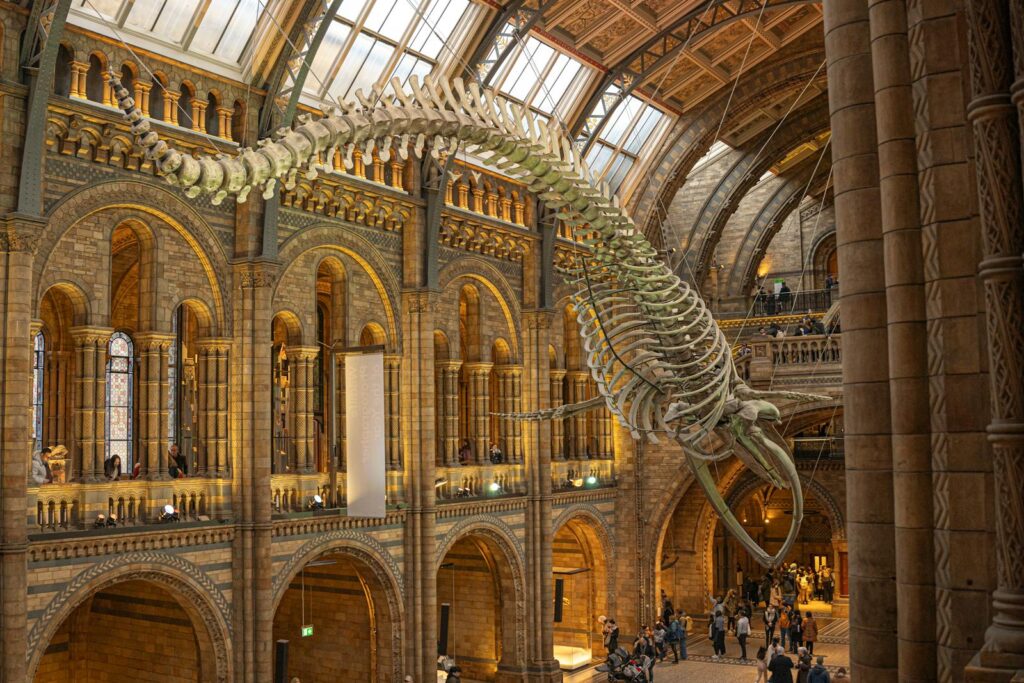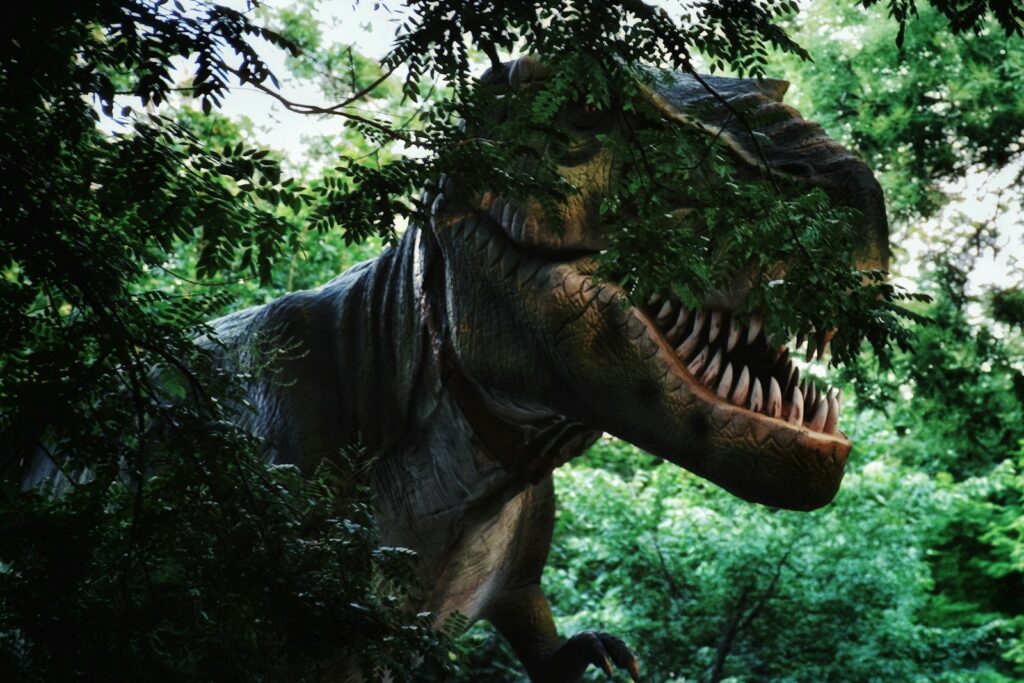Dinosaurs captivate our collective imagination despite having vanished from Earth approximately 66 million years ago. These prehistoric creatures have maintained an enduring popularity that transcends generations, cultures, and technological advances. From young children who can recite complex dinosaur names before mastering basic arithmetic to seasoned paleontologists dedicating their lives to uncovering fossilized secrets, dinosaurs hold a unique place in human fascination.
This enduring appeal stems from a perfect combination of scientific mystery, cultural representation, and the irresistible allure of creatures that seem both fantastically alien and somehow connected to our world. Their continued popularity represents one of the most remarkable examples of how extinct species can remain vibrantly “alive” in human consciousness long after their physical disappearance.
The Perfect Blend of Reality and Fantasy

Dinosaurs occupy a special cognitive space where scientific fact meets imaginative wonder, creating a perfect storm for sustained interest. Unlike mythical creatures such as dragons or unicorns, dinosaurs actually existed, lending them an authenticity that purely fictional beings lack. Yet, unlike modern animals, we’ve never seen a living dinosaur (except birds, their descendants), which allows our imagination to fill gaps in our knowledge.
This combination creates a unique psychological appeal, where factual grounding gives weight to our fascination, while the absence of living specimens leaves room for wonder. Children and adults alike are drawn to this blend of the real and the speculative, allowing dinosaurs to function simultaneously as scientific subjects and vehicles for imagination. The evidence-based yet incomplete nature of our dinosaur knowledge creates a perfect catalyst for ongoing interest and discovery.
The Continuous Evolution of Dinosaur Science

The field of paleontology ensures dinosaurs remain intellectually relevant through its constant evolution and frequent paradigm shifts. Each new fossil discovery has the potential to radically alter our understanding of these ancient creatures, keeping dinosaur science perpetually fresh and exciting. The transformation of our perception of dinosaurs from slow, cold-blooded reptiles to the dynamic, possibly warm-blooded, and feathered creatures many are now believed to have been represents one of the most dramatic scientific revisions in public understanding.
This constant refinement of knowledge creates regular media moments that reintroduce dinosaurs to public attention. The interdisciplinary nature of modern paleontology, incorporating advanced technologies like CT scanning, biomechanical modeling, and molecular analysis, ensures dinosaur research remains at the cutting edge of science. Each generation essentially gets “new” dinosaurs as our understanding evolves, perpetuating interest across decades.
Cultural Immortalization Through Entertainment

Entertainment media has played a crucial role in cementing dinosaurs’ place in popular culture, with each generation experiencing defining dinosaur moments. From early film portrayals like “The Lost World” (1925) to the revolutionary “Jurassic Park” franchise beginning in 1993, dinosaurs have consistently been reimagined through the lens of contemporary visual technology. These cultural touchstones extend beyond film into television series like “Land Before Time,” “Walking with Dinosaurs,” and numerous documentaries that bring prehistoric worlds to life.
Video games from “Turok: Dinosaur Hunter” to “Ark: Survival Evolved” have allowed interactive encounters with digital dinosaurs, creating immersive experiences that strengthen emotional connections to these creatures. This constant reinvention across media formats ensures each generation forms its own relationship with dinosaurs, perpetuating their cultural relevance. The entertainment industry’s consistent investment in dinosaur-themed content speaks to both their reliable commercial appeal and their power to captivate audiences across demographics.
The Gateway Science for Children

Dinosaurs serve as many children’s first introduction to scientific concepts, functioning as a gateway to broader STEM interest. Their combination of approachable wonder and scientific complexity makes them uniquely suited to capture young minds and introduce concepts like evolution, geology, biology, and the scientific method. Educational systems worldwide recognize this appeal, incorporating dinosaurs into early science curricula to engage students who might otherwise find science intimidating.
A child’s fascination with Tyrannosaurus rex can easily lead to questions about anatomy, ecological relationships, extinction events, and geological time—complex topics made accessible through dinosaur-centered learning. Research has shown that early dinosaur enthusiasts often maintain higher-than-average science literacy later in life, highlighting dinosaurs’ role as scientific ambassadors. This educational utility ensures dinosaurs remain embedded in childhood learning experiences, constantly refreshing their audience as new generations discover them.
The Scale and Superlative Factor

The extreme physical characteristics of many dinosaur species tap into our innate fascination with the superlative and extraordinary. Dinosaurs represent some of the most dramatic examples of biological potential on our planet, from the 40-meter length of Argentinosaurus to the 7-ton Tyrannosaurus rex with its bone-crushing bite force. These extremes of nature capture attention in a way few other subjects can, presenting biological engineering solutions that stretched the very limits of physical possibility.
Our human tendency to be captivated by the biggest, strongest, and most unusual finds perfect expression in dinosaur diversity. The specialized adaptations—like the defensive thagomizer of Stegosaurus or the elaborate head crests of lambeosaurine hadrosaurs—represent natural design solutions that continue to inspire both scientific study and artistic representation. This combination of extreme scale and specialized adaptations ensures dinosaurs remain perpetually fascinating as examples of evolution’s most dramatic experiments.
The Mystery of Extinction

The dramatic and somewhat mysterious disappearance of non-avian dinosaurs adds a compelling narrative element to their story that sustains interest. The Cretaceous-Paleogene extinction event represents one of Earth’s most significant biological transitions, where a dominant group that had ruled for 165 million years suddenly vanished. This extinction narrative raises profound questions about planetary vulnerability, evolutionary contingency, and the fragility of dominance that resonate with human existential concerns.
The contrast between dinosaurs’ long reign and sudden disappearance creates a natural dramatic arc that fits storytelling patterns humans find inherently engaging. Scientists continue debating the exact mechanisms and timeline of dinosaur extinction, maintaining an element of mystery that drives ongoing research and public interest. This extinction story provides a sobering counterpoint to dinosaurs’ biological success, creating a complex narrative that satisfies our need for stories with both triumph and tragedy.
The Tangibility of Museum Experiences

Natural history museums worldwide provide physical connections to dinosaurs through impressive fossil displays that transform abstract concepts into tangible encounters. Standing beneath the towering skeleton of a Brachiosaurus or facing the reconstructed skull of a Triceratops creates powerful emotional and cognitive impressions that can inspire lifelong interest. These museum experiences make the unimaginable timespan separating humans from dinosaurs temporarily collapse, creating moments of connection across millions of years.
The continuing improvement in museum display techniques, including immersive exhibits with sound, movement, and environmental recreations, enhances these experiences for each new generation of visitors. Museums also serve as public interfaces for paleontological research, translating new discoveries into accessible presentations that maintain dinosaurs’ presence in public consciousness. The universal presence of dinosaur exhibits in museums across diverse cultures demonstrates their global appeal as scientific and cultural heritage that transcends national boundaries.
The Merchandising Ecosystem

A vast commercial ecosystem of dinosaur-themed products helps maintain their cultural prominence through constant visual presence in everyday life. From children’s toys and clothing to adult collectibles, home décor, and educational materials, dinosaur imagery permeates consumer culture at multiple levels. This commercial saturation begins in early childhood with dinosaur-themed cribs, clothing, and first toys, establishing familiarity that can develop into deeper interest. The diversity of dinosaur species provides manufacturers with endless design possibilities, allowing product lines to expand without exhausting their subject matter.
Major retail brands recognize dinosaurs as reliably profitable themes that transcend momentary trends, leading to sustained investment in dinosaur merchandise across decades. This commercial ecosystem ensures dinosaurs maintain visibility even during periods when they might not be featured prominently in entertainment media, creating a consistent background presence in everyday life that keeps the concept of dinosaurs perpetually accessible.
The Connection to Modern Birds

The evolutionary relationship between dinosaurs and modern birds creates a living connection that makes dinosaurs relevant to contemporary biodiversity discussions. The scientific consensus that birds are actually living theropod dinosaurs transforms dinosaurs from wholly extinct creatures to an evolutionary lineage with surviving members all around us. This connection provides a powerful conceptual bridge between past and present, allowing dinosaurs to feature in discussions of modern ecology and evolution.
Observing the specialized adaptations of modern birds can illuminate aspects of their dinosaurian ancestors, creating fascinating comparative studies that keep dinosaur science connected to living systems. The discovery of dinosaur behaviors that prefigured characteristic bird activities—such as nesting, parental care, and feather displays—enriches our understanding of both ancient dinosaurs and familiar avian species. This evolutionary continuity ensures dinosaurs remain scientifically relevant rather than becoming mere historical curiosities, maintaining their place in ongoing biological research.
The Alien Yet Familiar Paradox

Dinosaurs occupy a unique psychological space where they seem simultaneously alien and comprehensible, creating a cognitive tension that sustains interest. Unlike truly exotic concepts like quantum physics or deep-sea creatures that might be too removed from daily experience, dinosaurs are recognizably animal-like while exhibiting features unfamiliar in modern fauna. This balance of the familiar and unfamiliar creates an optimal level of cognitive challenge that psychologists have identified as particularly engaging for human minds.
We can apply our understanding of modern animals to begin comprehending dinosaurs, yet must stretch our imagination to envision their differences, creating an intellectually stimulating exercise. The diversity of dinosaur forms—from the bird-like to the reptilian to the utterly unique—provides entry points for different cognitive preferences, making them accessible through multiple mental frameworks. This paradoxical position as creatures both alien and relatable keeps dinosaurs perpetually interesting as subjects for both scientific inquiry and artistic interpretation.
The Prehistoric Time Machine Effect

Dinosaurs serve as conceptual time machines that help humans grasp the otherwise almost incomprehensible expanse of deep time. The Mesozoic Era provides a recognizable temporal anchor point that makes Earth’s 4.5-billion-year history more conceptually manageable for non-specialists. Dinosaurs help sequence prehistoric time in the public imagination, creating a chronological reference that distinguishes between “before dinosaurs,” “during dinosaurs,” and “after dinosaurs,” simplifying an otherwise overwhelming geological timeline.
This time-machine effect extends to paleoecology, where dinosaurs serve as entry points for understanding ancient environments, climate changes, and continental configurations dramatically different from today’s world. For many people, dinosaurs represent the first meaningful encounter with geological timescales that extend beyond human history, expanding temporal consciousness in ways that influence scientific understanding. By providing this conceptual bridge to deep time, dinosaurs serve an important function in scientific literacy that ensures their continued educational relevance.
The Universal Cross-Cultural Appeal

Dinosaurs enjoy remarkable cross-cultural appeal that transcends geographic, linguistic, and cultural boundaries worldwide. Unlike some scientific subjects that may be culturally specific or regionally emphasized, dinosaur fascination appears nearly universal, with significant paleontological museums and research programs on every inhabited continent. The discovery of dinosaur fossils across the globe has allowed different regions to develop connections to “their” local dinosaurs, creating national and regional paleontological identities that foster scientific pride and heritage.
Major dinosaur discoveries in countries like Argentina, China, Mongolia, and Canada have democratized paleontology beyond its historical Western centers, making dinosaur science increasingly globalized. Children worldwide recognize basic dinosaur types regardless of language barriers, creating a shared cultural reference point across diverse societies. This universal appeal makes dinosaurs valuable educational tools in international contexts and ensures their popularity isn’t limited to particular cultural traditions, maintaining their relevance across an increasingly connected global society.
Conclusion

Dinosaurs have achieved something remarkable in maintaining their grip on human fascination despite being extinct for 66 million years. Their unique combination of scientific reality and imaginative potential creates a subject that continuously regenerates interest across generations and cultures. As scientific understanding evolves, entertainment media reinvent their portrayal, and new fossil discoveries reshape our knowledge, dinosaurs remain perpetually fresh while simultaneously representing one of our oldest continuous scientific interests.
Their ability to connect us with deep time, extreme biological potential, and evolutionary relationships creates multiple entry points for engagement that span from childhood wonder to sophisticated scientific inquiry. In an era of rapidly changing interests and technological disruption, dinosaurs demonstrate remarkable staying power, suggesting they will continue fascinating humanity long into the future—a paleontological paradox where extinction has led not to obscurity but to immortality in human consciousness.




